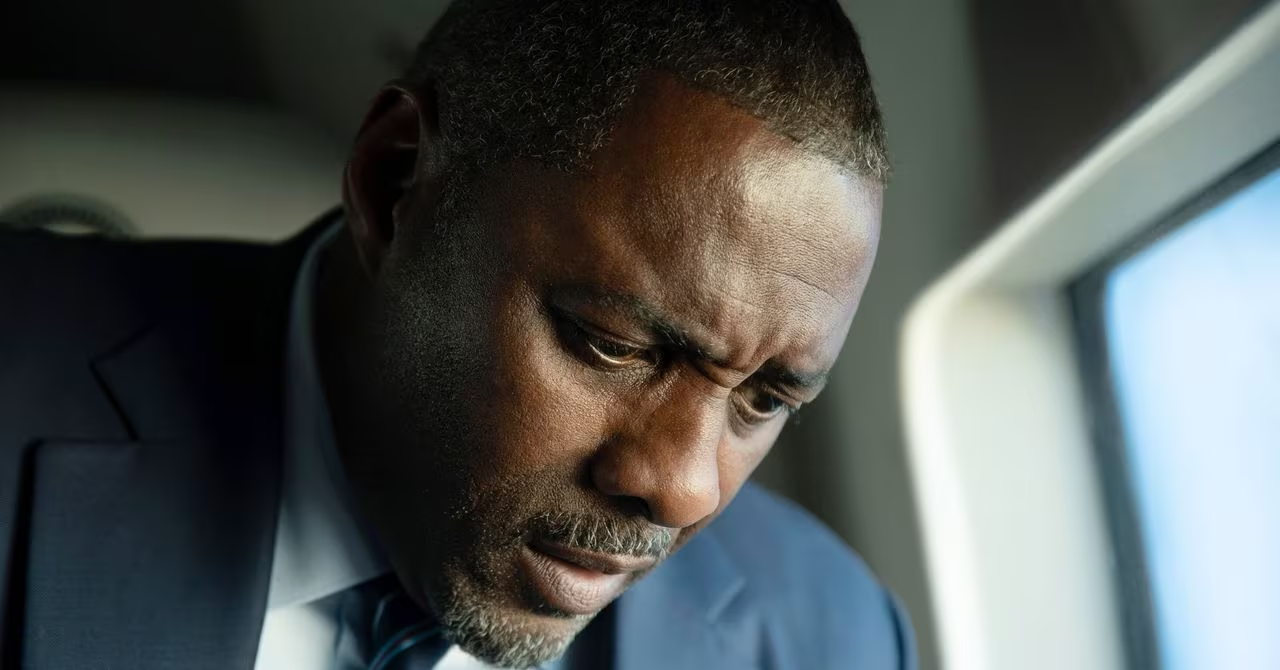The Definitive Cold War Nightmare: Why ‘Fail Safe’ Is the Essential Watch
For viewers disappointed by recent, high-budget attempts to capture the existential dread of nuclear conflict—often prioritizing spectacle over substance—the antidote lies in the past. The definitive cinematic exploration of accidental Armageddon remains Sidney Lumet’s chilling 1964 masterpiece, Fail Safe.
Released at the height of the Cold War, just two years after the Cuban Missile Crisis, Fail Safe strips away melodrama and satire to deliver a terrifyingly plausible scenario: a technical malfunction that initiates an irreversible nuclear strike against the Soviet Union. The film’s power is derived not from explosions, but from the claustrophobic tension and the agonizing bureaucratic nightmare faced by the President of the United States as he attempts to avert global catastrophe.
If you are searching for a nuclear thriller that prioritizes realism, dialogue, and the devastating human cost of systemic failure, Fail Safe is the essential viewing experience.
The Anatomy of Accidental War: Plot and Premise
Fail Safe is based on the 1962 novel of the same name by Eugene Burdick and Harvey Wheeler. The plot is deceptively simple but executed with relentless precision. The crisis begins when a mechanical failure at the Strategic Air Command (SAC) headquarters sends a squadron of six Vindicator bombers past their designated “fail-safe” point—the point of no return—with orders to deploy nuclear weapons on Moscow.
The film focuses almost entirely on the ensuing crisis in the underground command bunkers and the White House war room. The tension is built through frantic communication attempts between the American President, his advisors, and the Soviet Premier, all trying to recall the bombers before they reach their target. The core conflict is not with an enemy, but with the unyielding logic of military protocol and technology.
Lumet’s Masterclass in Tension
Director Sidney Lumet (12 Angry Men, Serpico) utilizes a stark, documentary-like style, shooting the film in black and white. This choice immediately establishes a tone of grim realism, avoiding the sensationalism that color might have introduced. The film relies heavily on close-ups and intense, rapid-fire dialogue, forcing the audience to confront the gravity of every decision. The absence of a musical score in many key scenes further amplifies the silence and the sheer weight of responsibility.

Crucial elements that elevate the film’s tension:
- The Unstoppable Protocol: Once the bombers receive the attack code, the system is designed to prevent recall, making the human effort to stop them nearly impossible.
- Communication Breakdown: The President must communicate directly with the Soviet Premier through a translator, navigating layers of mistrust and technical difficulty while the clock ticks down.
- The Human Element: The film focuses on the psychological toll on the crew members, particularly the lead bomber pilot, Brigadier General Black (played by Edward Binns), who is simply following orders he believes are legitimate.
The Cast and the Bureaucratic Nightmare
The film’s credibility rests on the shoulders of its stellar cast, led by Henry Fonda as the unnamed, weary, and morally burdened President. Fonda delivers a performance of quiet desperation, embodying the ultimate authority figure trapped by a system he cannot control. His scenes, often shot in extreme close-up, convey the immense weight of deciding the fate of the world.
Equally critical is Walter Matthau as Professor Groteschele, a cynical, hawkish civilian advisor. Groteschele represents the dangerous intellectual detachment of Cold War strategists, arguing that the accidental strike should be leveraged to gain a strategic advantage. His cold, calculating perspective serves as a chilling counterpoint to the President’s moral anguish.
“The whole point of the deterrent system is that you have to be willing to use it. If you’re not, then you’re not a deterrent.”
— Professor Groteschele (Walter Matthau)
The film’s climax, which involves the President making an unthinkable, symmetrical sacrifice to prevent a full retaliatory war, is one of the most powerful and morally complex resolutions in cinematic history. It highlights the film’s core theme: in the nuclear age, the greatest danger is not malice, but infallible technology combined with human error.
‘Fail Safe’ vs. ‘Dr. Strangelove’: Two Sides of 1964
Remarkably, both Fail Safe and Stanley Kubrick’s satirical masterpiece, Dr. Strangelove or: How I Learned to Stop Worrying and Love the Bomb, were released in 1964 and dealt with the theme of accidental nuclear war. Their simultaneous release led to legal battles, as Dr. Strangelove was based on a different novel (Red Alert) but shared significant plot similarities with Fail Safe.

While both films are essential viewing for understanding the Cold War psyche, their approaches diverge sharply:
| Feature | Fail Safe (1964) | Dr. Strangelove (1964) |
|---|---|---|
| Tone | Deadly serious, dramatic, realistic | Dark satire, black comedy, absurd |
| Focus | Bureaucratic failure and moral consequence | Human madness and political incompetence |
| Visual Style | Stark black and white, minimalist sets | Stylized, high contrast, theatrical |
| Protagonist | The morally conflicted President (Henry Fonda) | The insane General Jack D. Ripper (Sterling Hayden) |
Fail Safe offers a sober, terrifying look at what happens when systems fail, treating the subject matter with profound respect for the potential consequences. Dr. Strangelove, conversely, uses humor and exaggeration to expose the absurdity of the military-industrial complex. For those seeking genuine suspense and realism, Fail Safe is the superior choice.
The Enduring Legacy and Relevance in 2025
Decades after its release, Fail Safe remains a powerful document of the Cold War era and a timeless thriller. Its focus on communication protocols, technical safeguards, and the pressures of high-stakes decision-making ensures its relevance even today, as global powers grapple with modern cyber warfare and automated defense systems.
The film’s effectiveness lies in its restraint. It avoids showing the actual destruction, instead focusing on the faces of the men forced to make impossible choices. This choice makes the implied devastation far more chilling than any visual effects could achieve.
In 2000, director Stephen Frears mounted a live television remake of Fail Safe, starring George Clooney and Harvey Keitel, which attempted to replicate the original’s black-and-white, stage-play feel. While respected, the remake struggled to achieve the raw, immediate tension of Lumet’s original, proving that the 1964 version remains the definitive text.
Key Takeaways for Viewers
If you are seeking a nuclear thriller that delivers genuine, thought-provoking tension, here is why Fail Safe should be at the top of your watch list:
- Masterful Direction: Sidney Lumet’s minimalist, dialogue-driven approach maximizes suspense.
- Plausible Scenario: The plot hinges on technical error and protocol, making the threat feel immediate and real.
- Exceptional Acting: Henry Fonda and Walter Matthau deliver career-defining performances in high-pressure roles.
- Moral Weight: The film forces viewers to confront the ethical and political fallout of accidental war.
- Timeless Relevance: The themes of systemic failure and the dangers of automated conflict systems are as pertinent in 2025 as they were in 1964.
Conclusion
Fail Safe is more than just a Cold War artifact; it is a masterclass in suspenseful filmmaking and a profound meditation on the fragility of global security. By focusing on the faces in the command center rather than the mushroom clouds outside, Lumet created a film that is not only terrifying but deeply human. For those tired of modern thrillers that mistake noise for tension, this classic offers a stark, necessary reminder of the power of restraint and realism in storytelling.
Original author: Chris Baraniuk
Originally published: October 30, 2025
Editorial note: Our team reviewed and enhanced this coverage with AI-assisted tools and human editing to add helpful context while preserving verified facts and quotations from the original source.
We encourage you to consult the publisher above for the complete report and to reach out if you spot inaccuracies or compliance concerns.

